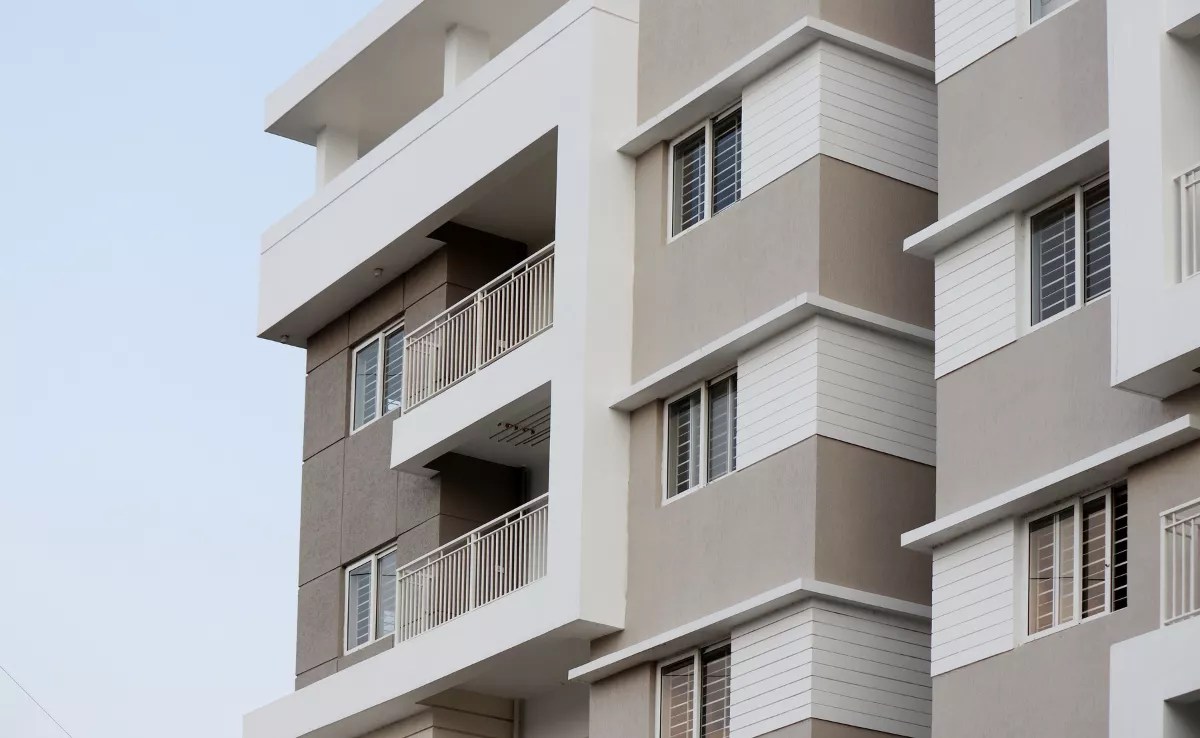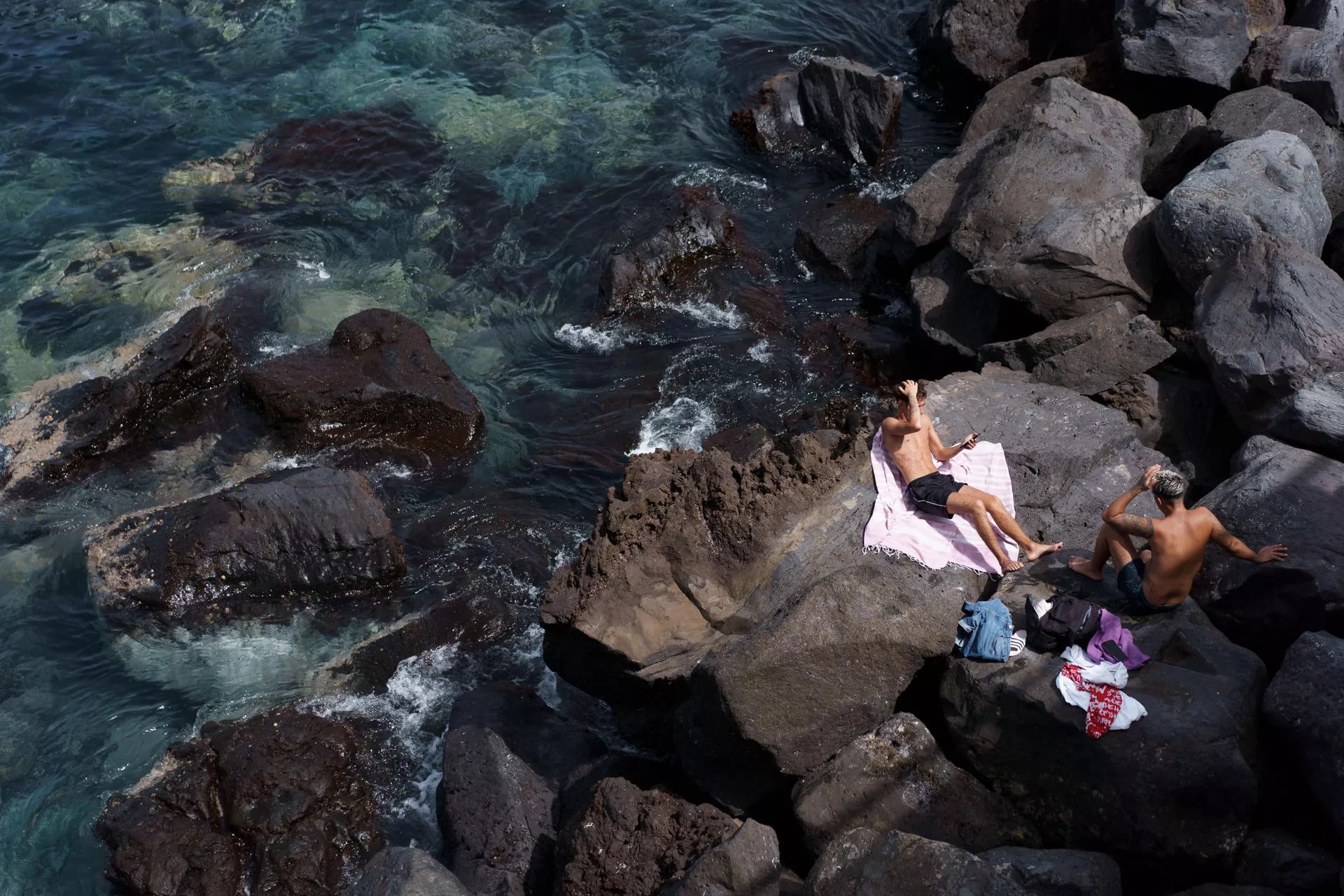
Americans who experienced significant events often query others about their whereabouts during the assassination of Kennedy in Dallas on November 22, 1963, or the attacks on 9/11 in 2001. Spaniards, perhaps due to being less affected, do this less frequently concerning the jihadist assaults of March 11, 2004. Conversely, the residents of the Canary Islands have their own unforgettable dates, such as the eruption of the last volcano on La Palma, which occurred on September 19, 2021. In Tenerife, a similar phenomenon is observed with the catastrophic flood of March 31, 2002 (31M), a fateful Easter Sunday that profoundly impacted a generation and made Tenerife locals particularly attuned to cold drop emergencies (DANA) and other such occurrences.
Naturally, as time has elapsed, the immediate impact has somewhat faded, and since then, there has been a surge of those claiming that these events had nothing to do with climate change, dismissing the warnings from “environmentalists and hippies.” Additionally, some individuals are still awaiting promised financial assistance (at that time, both the CC and PP were in power regionally, along with CC governing solely in the Tenerife Cabildo and the Santa Cruz City Council).
The DANA incident in Tenerife on that 31M day imparted numerous lessons, and partially, preventative measures were implemented for the future (in certain ravines, channel systems, and residential areas), although the overarching sentiment is that should a similar event occur again—especially if a cold drop hits as it did last Tuesday on the Peninsula—the potential consequences for large sections of the island’s urban areas such as Santa Cruz, Puerto de La Cruz, or the tourist spots of Las Américas and Los Cristianos (in Adeje and Arona) and many other locations are troubling to contemplate.
The horrific event resulted in no fewer than 8 fatalities. While drawing parallels with the immense tragedy in Valencia is challenging today, some individuals lost their lives on the North Highway just beneath the Padre Anchieta roundabout, trapped and drowning in their vehicles, in one of the most heart-wrenching scenes from those harrowing days—a tragedy now tragically mirrored in the Valencian Community.
Following the impactful 31M event for Tenerife’s residents, another notorious storm arrived that ultimately evolved into Tropical Storm Delta, arriving on the night of November 28 to 29, 2005. Thankfully, there were no casualties, but it significantly altered the landscape, bringing with it the highest wind gust recorded in Spain to date, specifically in Izaña (in the Tenerife highlands), reaching speeds of 248 kilometres per hour, as well as leaving 350,000 individuals without power for several days. For the residents of Gran Canaria, the loss of the iconic Finger of God in Agaete was particularly poignant, a loss that remains in collective memory.
An unanticipated intensity of rainfall, according to Zerolo
Three years prior to Delta’s arrival (with some promised financial aid still outstanding, especially for the agricultural sector), Miguel Zerolo, who was then the mayor of Santa Cruz, maintained that the events of March 31 could never have been adequately predicted or sufficiently anticipated, given the sheer volume of rain that fell in a very brief period. This led to an unprecedented flood with no known precedents in many decades on the Island. Nevertheless, given that Valencia has now exceeded 600 litres per square metre (the highest recorded at Turís was 630), the 232.6 recorded in Tenerife in 2002 seems minor, although such a level had not been reached since 1869, when records began in the Islands.
Is Tenerife and the rest of the Archipelago equipped to handle a DANA similar to the one experienced last Tuesday, particularly with climate change already introducing tropical storms to this part of the Atlantic, tornadoes recently impacting Huelva, and warming Mediterranean waters amplifying these phenomena? While it is true that awareness in Tenerife has heightened more than in other regions of Spain in recent decades due to the memory of 31M, paradoxically, the alerts and warnings from the State Meteorological Agency (Aemet) are not always given due consideration. This has been the case in many bars for years and is a sentiment shared by a considerable section of Chicharrera society when discussing the predictions made by the Agency or “the weatherman,” irrespective of which television network is broadcasting.
It is evident that recent events on the Peninsula will heighten this awareness, and from this point onwards, at the very least,…
In Spain, any alert or notification is taken considerably more seriously; however, in recent years, the apathy of many has become quite prevalent (also in Tenerife). This is in response to statements made by Aemet or the weather forecasts relayed by the media, as they are not always accurate. There has developed a perception that warnings are exaggerated, that schools are closed unnecessarily (despite the consensus that it is usually preferable to err on the side of caution), leading to a decline in economic activity. Often phrases like “a few drops might fall or nothing at all” circulate frequently. Unlike warnings for strong winds or high tides, alerts for heavy rain or potential flooding have encountered this scepticism, a reality acknowledged by many who are currently astonished by the images of devastation since Tuesday.
Undoubtedly, the recent “training” sessions held by the regional government for mobile phone alerts regarding potential emergencies could not have arrived at a more opportune time. This sentiment is echoed by officials from this autonomous department and Tenerife Council, including the insular director of Security and Emergencies, Iván Martín, who noted this Thursday that many of his acquaintances fully appreciated the exercise conducted on October 24 (last Thursday). A different matter entirely is whether Tenerife and the other Islands are sufficiently equipped or preparing adequately for the changes brought about by our evolving climate—something that many continue to refute.
The perpetual wait for the Baja Island radar
Since the initial proposal in 2000, Tenerife has awaited the installation of a radar in Buenavista that Aemet claims would be crucial for enhancing weather forecasts. This particular region of Northwest Tenerife (known as Daute and Isla Baja) has a shadow area, complicating preventative measures for parts of Tenerife, La Palma, and El Hierro. At that time, even the Malpaso military radar was deemed necessary for this purpose, in addition to its primary defence role. The radar is expected to cover a radius of 240 kilometres, nearly the size of the Tenerife province, yet it remains incomplete and unavailable for operation.
Located on the Cruz de Gala mountain (1,343 metres above sea level) within Teno Rural Park, the Buenavista radar aims to supplement the existing radar in Gran Canaria. Following numerous discussions, announcements, and subsequent withdrawals, the contract was awarded at the end of 2018 to the company Oproler for roughly 2.5 million euros. Work commenced in January 2019, albeit only with the first phase, which involved the dismantling of the old fire-watch tower. The company faced bankruptcy later on, and the “slow and complex” process of contract liquidation, which involved the Council of State’s intervention, extended until February 2020.
The pandemic further stalled this venture, which encompasses a new tower to accommodate the weather radar and a space dedicated to fire surveillance, along with another area for the technology enabling the tracking of storms that approach the western Canary Islands, which usually predominate. In 2020, Aemet sanctioned the renewal of 20 radars across Spain and resumed plans for the one in Buenavista; however, predictions still cannot be enhanced, so in this regard, the province remains no better off than it was on March 31 during the Delta, with the unfortunate reality being that its absence is keenly felt—resulting in tensions among some politicians.
















